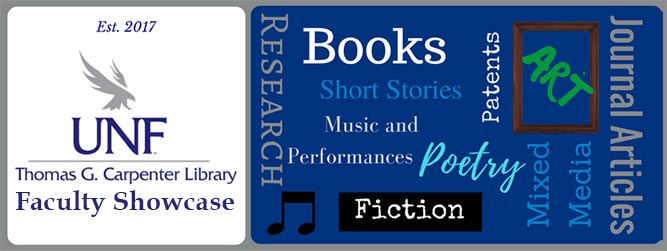College
College of Arts and Sciences
Department
Department of History and Department of Sociology, Anthropology and Social Work
Pilgrimage Past and Present: El Camino de Santiago
Type of Work
Book
Description of Work
In the summer of 2017, the Departments of History and Sociology, Anthropology and Social Work, took 23 UNF students to Spain to study pilgrimage. During three weeks abroad, students traveled the entire length of the Camino Francés, from its traditional starting point in the French Basque town of St. Jean Pied de Port to Santiago de Compostela — ending the journey in Finisterre on the Atlantic Coast of Spain. Students walked the final 70 miles from Sarria to the shrine of St. James, traversing the stunning Galician countryside and retracing the steps of more than a millennium of pilgrims. Today, thousands of pilgrims continue to stream to Santiago to touch the putative relics of the Apostle. This classroom in motion, provides a remarkable opportunity to study both medieval and modern pilgrimage practices, while experiencing the cultures of northern Spain. Through photographs and student quotes this work highlights the students’ transformational experiences. In addition, it draws on student-conducted interviews and mapping projects to illuminate the continued impact of pilgrimage in modern Spain.
Pilgrimage Past and Present: El Camino de Santiago
In the summer of 2017, the Departments of History and Sociology, Anthropology and Social Work, took 23 UNF students to Spain to study pilgrimage. During three weeks abroad, students traveled the entire length of the Camino Francés, from its traditional starting point in the French Basque town of St. Jean Pied de Port to Santiago de Compostela — ending the journey in Finisterre on the Atlantic Coast of Spain. Students walked the final 70 miles from Sarria to the shrine of St. James, traversing the stunning Galician countryside and retracing the steps of more than a millennium of pilgrims. Today, thousands of pilgrims continue to stream to Santiago to touch the putative relics of the Apostle. This classroom in motion, provides a remarkable opportunity to study both medieval and modern pilgrimage practices, while experiencing the cultures of northern Spain. Through photographs and student quotes this work highlights the students’ transformational experiences. In addition, it draws on student-conducted interviews and mapping projects to illuminate the continued impact of pilgrimage in modern Spain.


